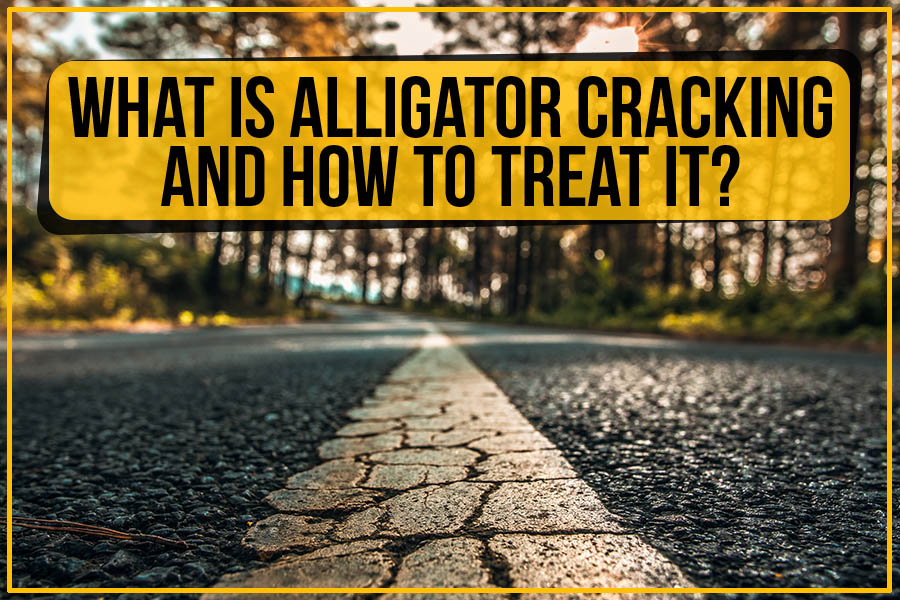
Alligator cracking, alligatoring, or crocodile cracking is a severe form of damage to your asphalt pavement. You may have seen cracks on an asphalt pavement that resemble the pattern on an alligator’s back. That is alligator cracking!
While alligator cracking does not harm drivers or their vehicles – except for disrupting their smooth drive – it can pose a major problem for property owners.
What Causes Alligator Cracking?
Alligator cracking can be caused by various issues, out of which the three most common ones are improper installation of the sub-base, excess weight, and delayed repairs.
An improper initial installation, such as not meeting the correct asphalt height (thin layer of material), or insufficient compaction of the base, causes the pavement to fail. If the base or foundation layer of the asphalt surface has some issue, it will not handle the pavement’s weight, as the material will shift or lose its binding.
If more weight and pressure is applied to a surface than it is designed to withstand, asphalt alligatoring will occur. So, ensure that no heavy-duty vehicles are parked on your asphalt surface for a long period of time, nor pass over it on a regular basis.
When a surface with little damage (like small cracks) is left untreated and open for traffic, the damage will increase overnight, resulting in alligator cracking. Open cracks will allow in moisture that will erode the foundation of your pavement from the inside. Freezing temperatures (if it is winter) will worsen the issue to the point where the pavement cannot hold the weight of traffic.
How to Treat Alligator Cracks in Asphalt?
Keep the traffic away from the alligatored spot until the issue is repaired to avoid accelerating the asphalt surface’s deterioration.
Alligator cracking is a sign that there is a problem with the pavement’s foundation, so superficial solutions will not do you much good. There are many repair techniques that you can use to fix your alligator asphalt, but not all of them are viable long-term solutions.
1. Patching with a Hot or Cold Mix
Patching with a hot mix asphalt, or cold mix asphalt, or throw-and-go materials are temporary solutions. Since alligator cracking results from the sub-base shifting, the cracks you fill with the patching material will not last.
If the sides of the crack move closer together, the material will be expelled out onto the surface, and if they move further apart, the material will fall deeper. Either way, the material will not stop the damage.
2. Crack Filling and Sealing
Crack filling or crack sealing are effective temporary solutions to crocodile cracking. While they can stop the damage from increasing for some time, you will have to get a more permanent solution if you want to keep your pavement together. So, in short, it only delays the damage.
3. Repaving the Affected Area
The best solution for alligator cracking is replacing the damaged pavement from the base up. This solution is cheaper than repaving the whole pavement and is permanent unlike crack sealing, filling, or patching.
The affected area is cut using an asphalt saw, and all the debris is removed. Next, the base is tested to determine the exact reason for the cracking. And then repaving of the area is done.
PowerSurge Plus LLC offers premium asphalt maintenance solutions and asphalt repair services to cater to all your asphalt needs in Philadelphia, PA. Get a quote today!









